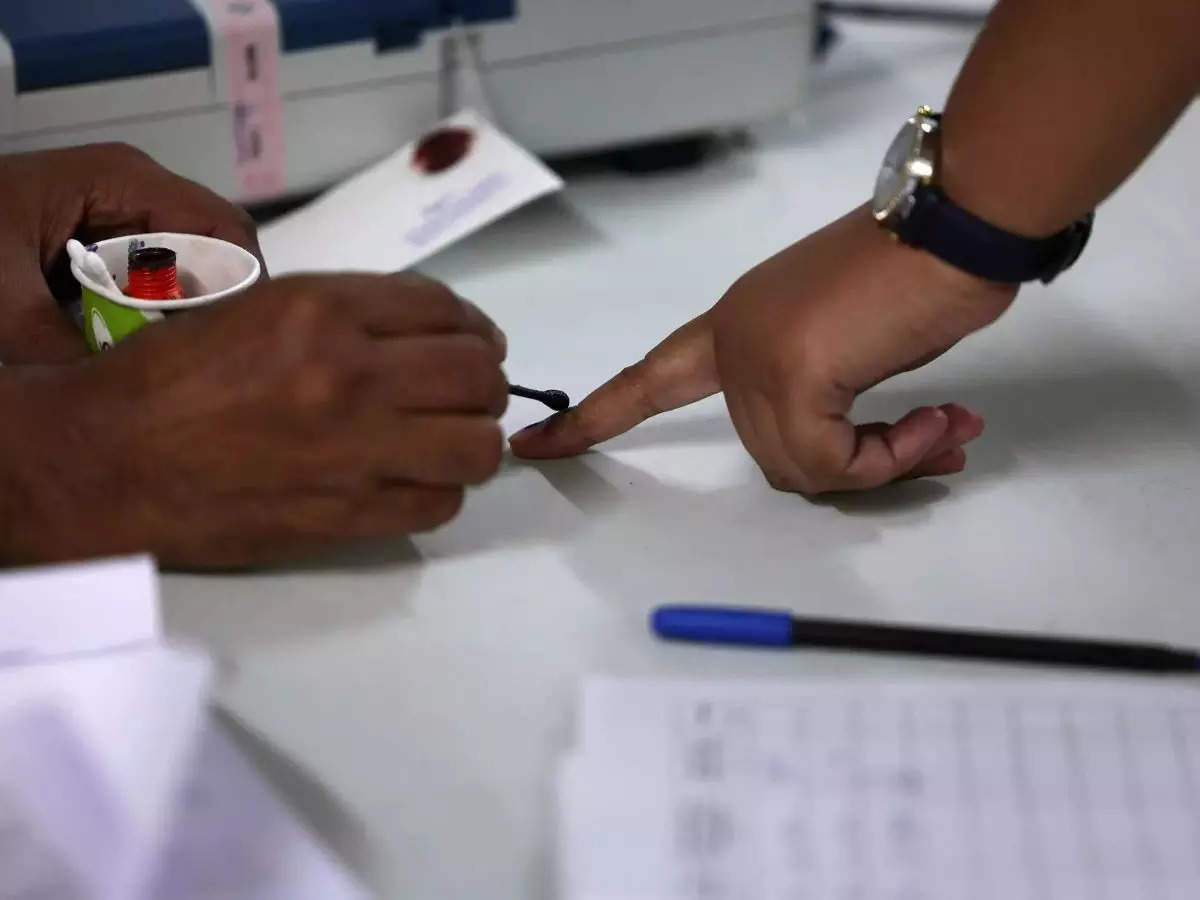Low voter turnout means doomsday? 6 reasons why investors are overreacting
Investors fear low voter turnout affecting Sensex, Nifty, India VIX, and Dalal Street. Pashupati Advani warns of market dive if BJP doesn't secure 250 seats. Speculations and analysis highlight market worries in states like Kerala, West Bengal, and Tamil Nadu. The link between voter turnout and anti-incumbency is uncertain.
Leading to wild swings in and and sudden spikes in fear index , Dalal Street have apparently been more worried about percentages than earnings growth of India Inc in the March quarter."There are an awful lot of doomsayers out there that say that they () are not going to get 250 (seats) and INDIA (alliance) is going to get the majority. If that happens, then the is in for a bit of a dive which is why you have got these shorts happening," says Pashupati Advani, Founder, .
Besides speculations coming in from betting markets like , one of the biggest cues for doomsayers is voter turnout percentages.
Voter turnout in the first four phases of the has been around 66.9% on a weighted average basis as compared to 69% seen in the first four phases of the previous Lok Sabha elections.
However, analysts are of the opinion that the market could be overreacting to voter turnout figures. Here are 6 reasons why:
1) You are comparing apples with oranges
It's true that voter turnout in 2024 is less as compared to 2019 but the constituencies of this year's first four phases aren't exactly the same as those in the last election."Constituencies will inevitably vary in their propensity to vote, which could explain some of the variation in turnout across phases. In the first four phases so far, the 2024 elections have covered more ground in Kerala and Madhya Pradesh, and less ground in Maharashtra and Odisha than the 2019 elections," analysts Sonal Varma and Aurodeep Nandi said.
A constituency-wise comparison would, therefore, be a much better metric to look at.
Also read |
2) Don't forget that 2019 was an aberration
We are drawing comparisons with 2019 but that was an aberration according to many psephologists as a country-wide wave of national security swept everyone following the incidents at Pulwama and what happened at Balakot thereafter. analysts reckon that a pro-incumbency wave was behind increasing the voter turnout further from the sharp spike already seen in 2014.3) Look at BJP vs non-BJP stronghold states
A state-wise comparison across elections shows that turnout has been incrementally lower not just in traditional BJP strongholds but also in non-BJP stronghold states of Kerala, West Bengal and Tamil Nadu.4) Why ignore the full history?
Voter turnout of 66.9% so far is only a shade below the final 2019 voter turnout of 67.4%, which was itself a multi-year high. The 2014 election recorded a turnout of 66.4%."In India, voter turnout has averaged 59.1% since the 1950s and is a shade higher, at 61.8%, for elections held since the 1980s. Therefore, if 2024 indeed ends up at 66.9%, turnout would still be much higher than the historical average," Nomura said.
5) The absolute numbers are impressive
Even if you compare it with 2019, then why look only at percentages and why not the absolute numbers? In between the two elections, India has added about 60 million voters. Calculations done by Bernstein shows that even if we consider a 66% voter turnout, the absolute number of voters would have jumped by 24.7 million in the first 3 phases alone.Also read |
6) Is there really a link between voter turnout and anti-incumbency?
Both theory and empirical evidence fail to provide a clear relationship between voter turnout and the final results, says Nomura."There are studies that cast statistical doubt over the extent to which increased voter turnout is associated with anti-incumbency. However, there has also been analysis suggesting the BJP may have benefited from lower voter turnout in 1999 and 2004 (when it was an incumbent), but benefited from higher turnout in 2014," it said.
(Disclaimer: Recommendations, suggestions, views and opinions given by the experts are their own. These do not represent the views of )
Source: Stocks-Markets-Economic Times
